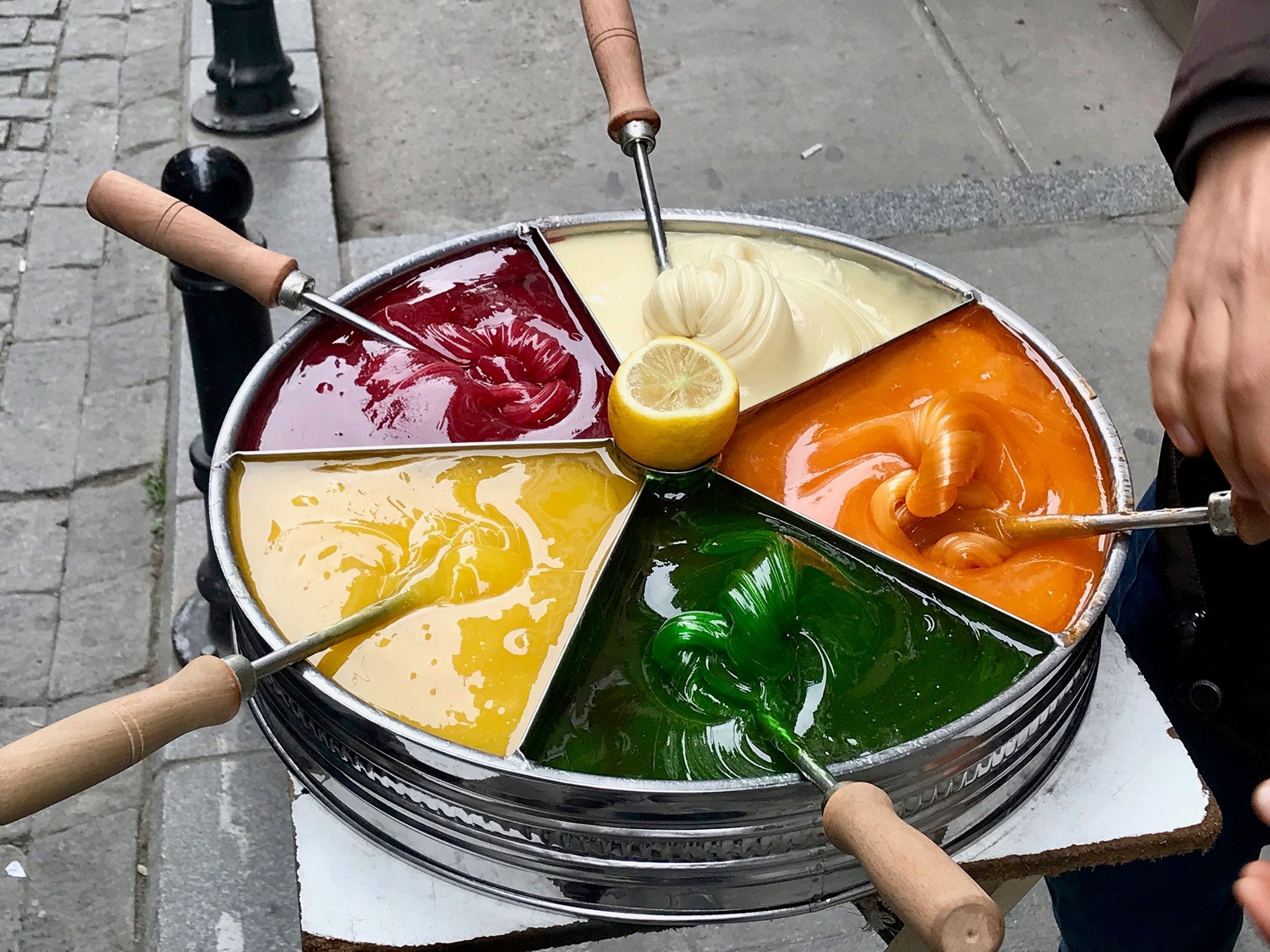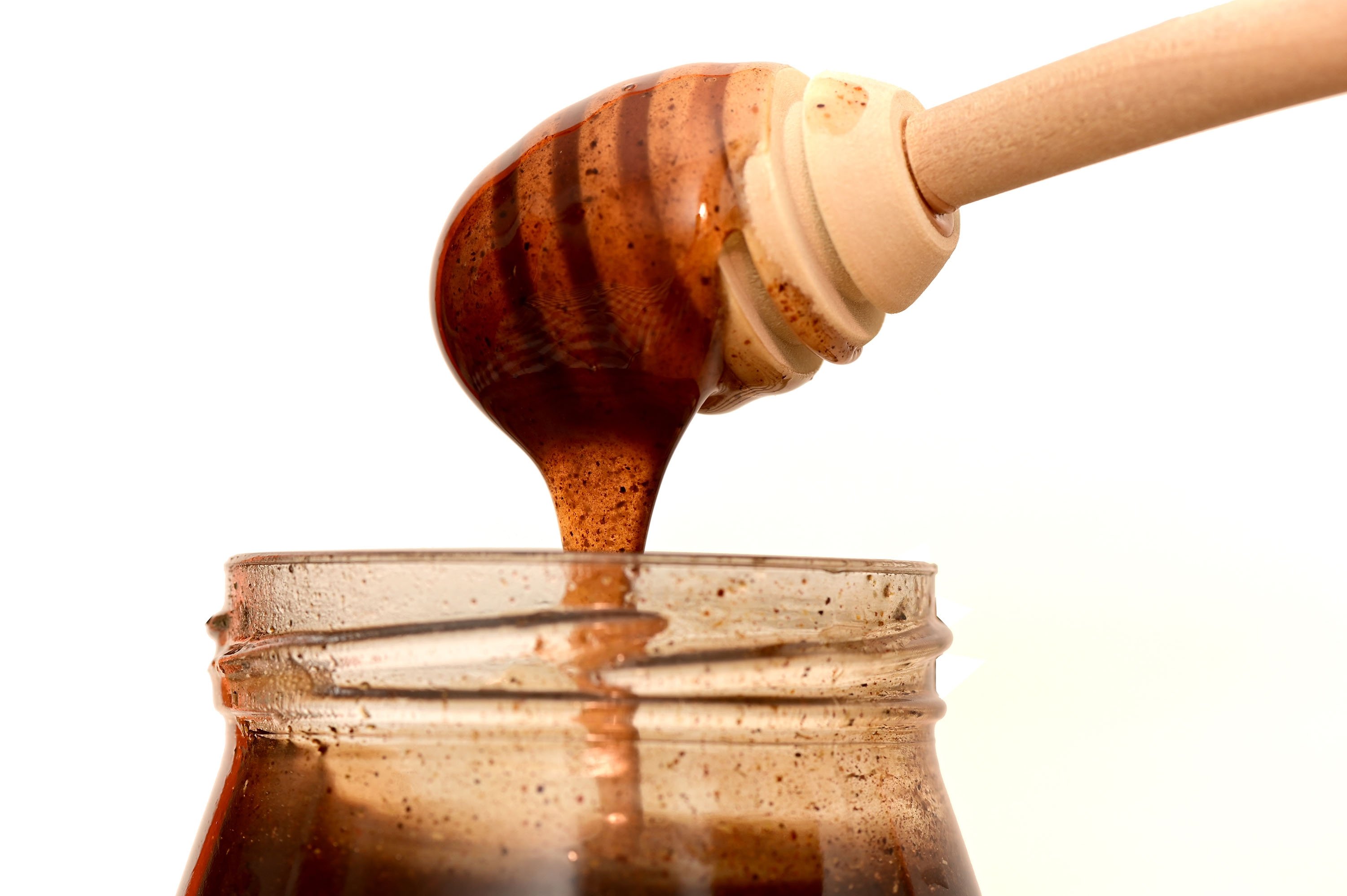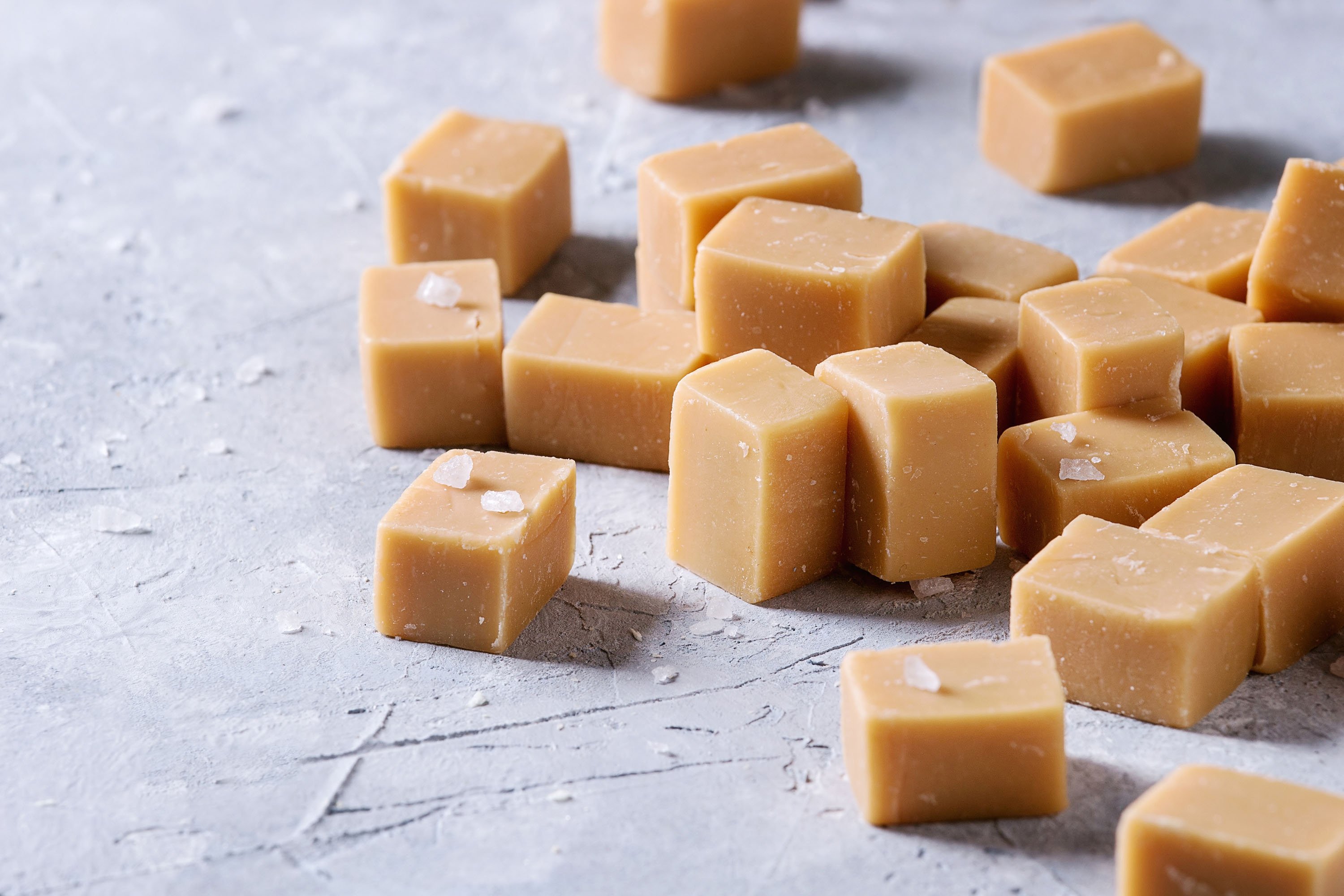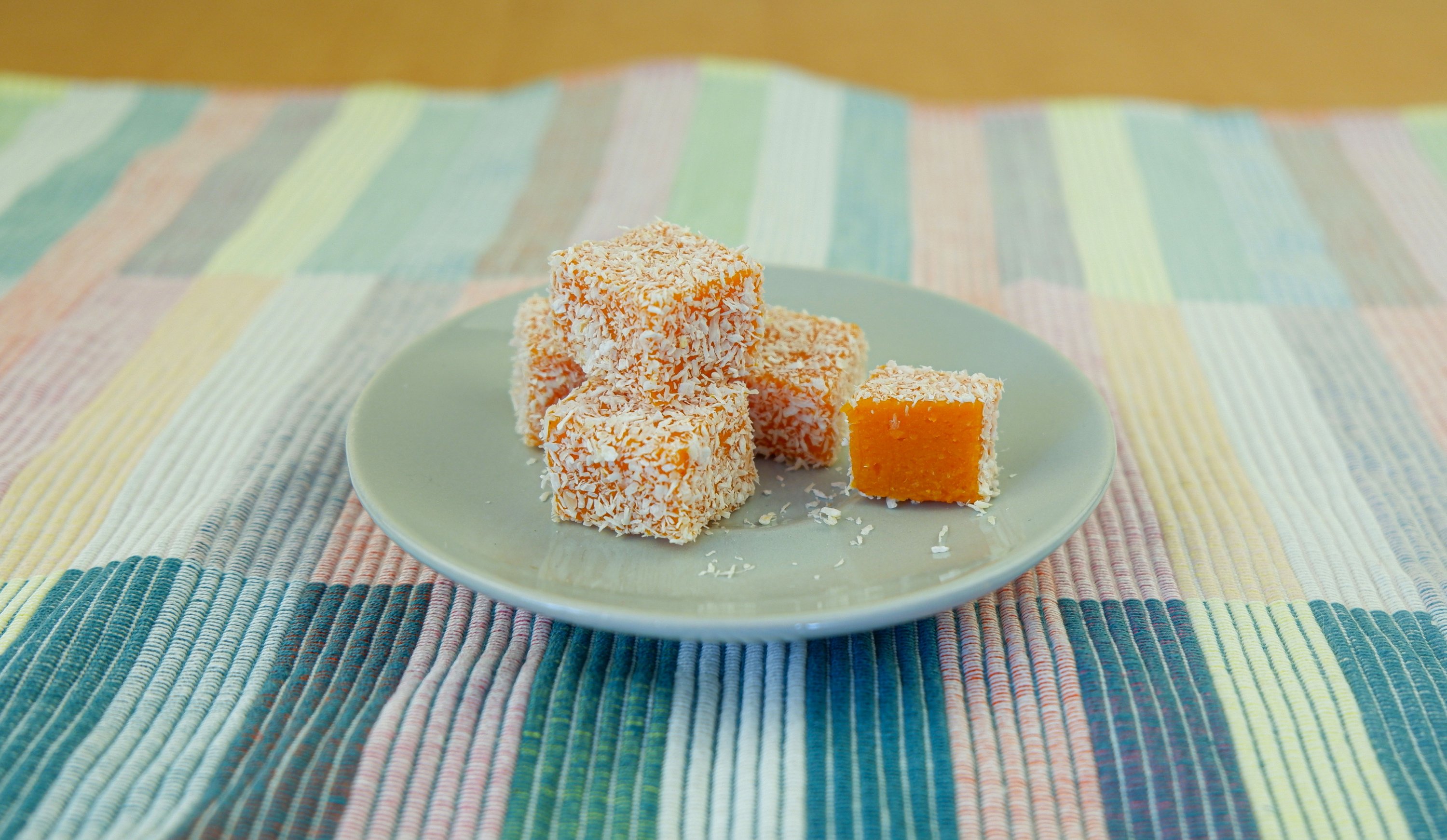© Turkuvaz Haberleşme ve Yayıncılık 2024
After a second Ramadan that has felt anything but “normal,” many want to celebrate the end of the holy fasting month, as socially distanced as it might be.
When we first settled in Turkey I loved how the kids, myself included, would roam the neighborhood ringing bells and wishing Eid Mubarak to everyone on the streets. As kids, we would be handed candy and then sent off. Naturally, I first heard that Ramadan Bayram, or Eid Al-Fitr as it is more widely known in the Islamic world, was also called “Şeker Bayramı” literally meaning “Sugar Feast” in Turkish. My father frowned upon it and mumbled under his breath that it diminishes the meaning of Ramadan and little old me swallowed that up. But reading into Turkey’s culinary history has enlightened me and contrary to the belief, this is not a recent trend, it actually stems from the 18th century. Sweets played a very prominent part in the celebration and families would send trays of confections, pastries and fruits to their friends and neighbors. Apparently, the only thing that changed over time is that instead of sending candies out to people, people prefer serving them at home to their guests.
Seeing as we are still in a COVID-19 lockdown, here is a fun and sweet activity: make your own little candies and leave them at the doors of your loved ones and neighbors.

Sometimes just called "macun," this is a traditional Turkish candy that is usually wrapped around a stick and then eaten like a softish lollypop. The western province of Manisa is famous for it. Street vendors would, especially in Ramadan, serve up this sweet and spicy treat after breaking their fast and you could choose from different flavors – I personally love tangy lemon. While it's purely considered a candy nowadays, in the Ottoman era it was used for medicinal purposes. With all the healthy and anti-inflammatory ingredients in it, like ginger, allspice and turmeric, the original "mesir macunu" was almost pure spice but with time it was sweetened to make it more “interesting.” Mary Poppins had it right with “A spoonful of sugar helps the medicine go down” in that regard. The recipe below is not quite what the street vendors sell but rather a more healthy version, sometimes called “kış macunu,” meaning winter paste in Turkish.

Ingredients
Instructions
Grind the cloves into a powder and transfer all the ingredients except the starch and powdered sugar into a small pot of your choice. Bring them all to a boil and let it simmer for about 15-20 minutes until the mixture turns a deep caramel-like color. If you want to add vanilla, you should do that at the very end. Put the powdered sugar and starch into a small bowl and pour the macun mix onto that to prevent it from being too sticky. Let it cool off for a bit. Get a skewer or popsicle stick, wrap the sugary goodness around it and enjoy!
Tips
You can also make these into little drops. To do this, lay out a wider dish and cover it with starch and powdered sugar before dripping the macun onto it. Let them cool off enough before you roll them into balls.
You can enhance this recipe with more spices such as cardamom.
Summer is right around the corner and with fruits slowly making their way back into the bazaars it is tempting to snap them up. But fruit is not really easy to give away and washing it once can cause it to go bad even faster than normal. So why not make some easy gummies but without using gelatin or agar agar? While both can be found rather easily nowadays, starch is a bit more accessible and works just as great. The key here is to either press your own fruit juice or buy 100% fruit juice to avoid using too much sugar. You can add a bit of sugar depending on what kind of juice you use, especially if it is something sourer. If it something sweet, like apricot, you are better off skipping it entirely.
Ingredients
Instructions
Put the juice, sugar and starch into a small pot of your choice and simmer it on low heat for about 10-15 minutes. Constantly stir it to prevent the ingredients from sticking or burning. When the mixture gets thick and stringy you can pipe them into simple molds or place a small spoonful into a mix of powdered sugar and starch. Once they have cooled off completely you can unmold the gummies and cover them in regular sugar or powdered sugar to prevent them from sticking to each other.
Tips
Adding the zest of the fruit can lend an interesting texture and boost flavor, especially when it comes to citrus fruits like oranges and lemons.

When one speaks of candies, not mentioning the ultimate classic would be blasphemous. Caramel candy is one of the simplest delights that requires very few ingredients and minimum effort. If you have some nice wrapping paper these could also make a great little gift as well. The only thing that might be a bit out of the ordinary that you’ll need here is a thermometer.
Ingredients
Instructions
Bring your heavy cream to a boil and turn the heat off. You want the heavy cream to be warm.
In a pot of your choice, melt the sugar but do not stir it constantly, every now and then will suffice. Once all of the sugar has melted you need to bring it to about 170 degrees Celsius and turn the heat off. The sugar will look dark brownish. Add the heavy cream to the sugar and mix until it is fully incorporated. The mixture should be heated up to 120 degrees Celsius and be mixed occasionally. After it reaches that temperature, take it off the heat and mix in the room temperature butter until it is all combined. Pour the candy into a tin lined with parchment paper and butter to prevent any sticking and let it cool off.
Once cooled, cut the candy into any shape you like and wrap the pieces individually.
Tip
You can enhance the flavor by infusing the heavy cream with vanilla or other experimental flavors. Try lemon zest for a fun take.

In our carrot day special, I talked about a classic Turkish candy called cezerye, originating from the southern province of Mersin. While Turkish delight, or lokum as the Turks call it, can be made from an array of different ingredients, I opted to take the carrot route again since they are inherently sweet and don't require a lot of sugar.
Ingredients
Instructions
Wash the carrots thoroughly then peel and cut them into small pieces to make them easier and faster to cook. Add the carrots to water and cook them until they have softened completely. Remove about 100 milliliters of that water and set it aside. Strain the rest of the water. Reintroduce the 100 milliliters and mash the carrots as smooth as you can with either a blender, food processor or if you have neither, a fork will do the job. Try to get the consistency as smooth as possible. Add the sugar and starch and continue cooking until it becomes thick. At this point, you can add crushed nuts if you like. Pour the mixture into a slightly wet tin or the mold of your choice and let it cool off to room temperature and then rest in the fridge for a bit. Cut the lokum into any size and shape you like and roll them in shredded coconut or powdered sugar if it is still not sweet enough for you.
